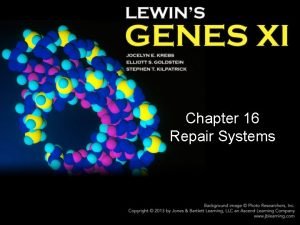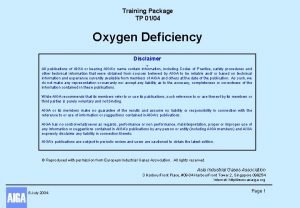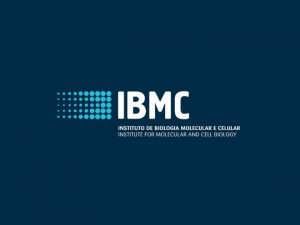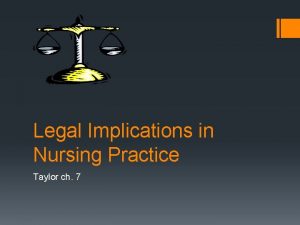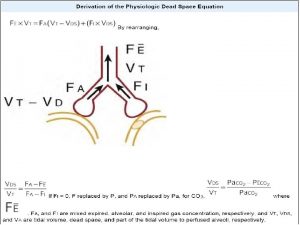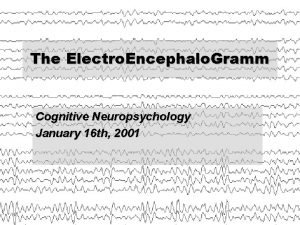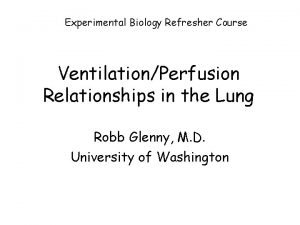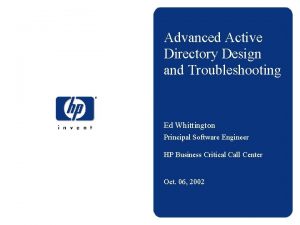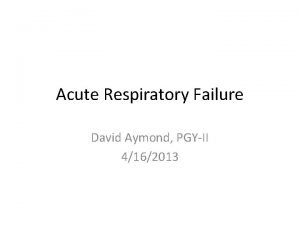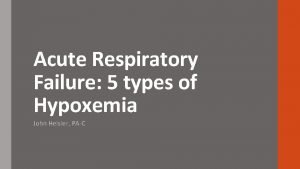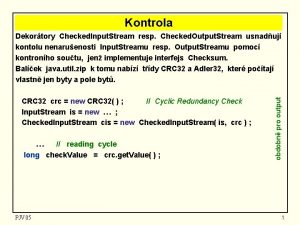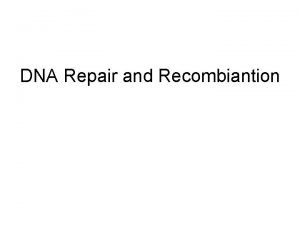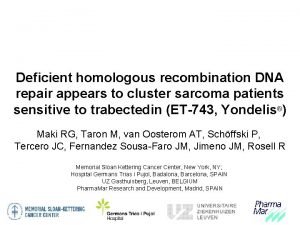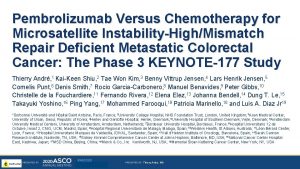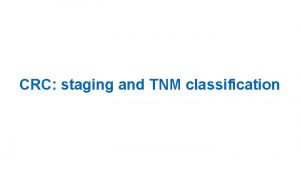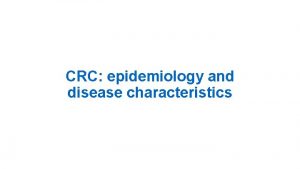Mismatch Repair deficient CRC implications for clinical practice


















- Slides: 18

Mismatch Repair deficient CRC: implications for clinical practice Yoland Antill Medical Oncologist Cancer Genetics

Mismatch Repair pathway • Microsatellites are short repeats within the DNA sequence that are prone to replication error. • Intact MMR system functions to repair these errors ▫ If repair of the error not possible then apoptotic pathway is activated • IHC can be utilised to determine expression of MMR proteins, whereby indicating an intact MMR function.

MMR deficient tumours • Histological features (Jass 1998, Ribic 2003) ▫ ▫ ▫ Mucinous histology Poor differentiation Right sided Lymphocytic infiltrate Expanding growth pattern Absence of intraglandular neutrophil-rich ‘dirty’ necrosis �Sporadic d. MMR CRC can be predicted using the presence of any three of these factors (sens. 98% spec. 48%) (Halvarsson 2008) • Prevalence of ~15% sporadic CRCs (Koopman 2009) ▫ More commonly seen in stage II than stage III ▫ ~4% stage IV ▫ More common in females (Poynter 2008) ▫ Less frequent in Asian populations

Immuno for MMR proteins • Advantages – Effective for detecting tumours resulting from MMR deficiency. (92% sensitivity for identifying tumours that arise in individuals with a germline mutation) (Shia 2008). – Readily available and is technically easy to perform. – Identifies the gene in which either a germline mutation or a somatic alteration that silences gene expression is most likely to be found (de Leeuw 2000, Cunningham 2001) • significantly reducing the cost of molecular genetic testing • Limitations – Variation in tissue fixation and other technical issues can result in weak or equivocal staining patterns (Shia 2008) – Some missense germline mutations will be missed as they may not result in the absence of a detectable protein product (Wahlberg 2002, Bellizzi 2009) – It may be less reliable when performed on small tissue samples (Zhang 2008).

National Comprehensive Cancer Network (NCCN) • Now recommends that patients with colorectal cancer (CRC) be tested for Lynch syndrome. • The syndrome is the most common inherited form of CRC, accounting for 2% to 4% of all cases. This translates to roughly 1 of every 35 CRCs. • The universal testing recommendation includes an optional age-related consideration: – for CRC patients younger than 70 years, test everyone; – for CRC patients 70 years and older, test only those who meet the Bethesda criteria.


Outcome variations • Stage for stage MMR deficient CRCs are associated with improved prognosis ▫ Observational studies (Myrhoj 1997, Watson 1998, Halling 1999, Gryfe 2000, Wright 2000, Samowitz 2001, Benetti 2005, Lenza 2006) ▫ Clinical Trials (Ribic 2003, Caruthers 2004, de Vos 2004, Jover 2006, Sargent 2010, Hutchins 2011, Roth 2010) ▫ Meta-analysis (Popot 2005)

Chemotherapy response variation • Risks and possible benefits of adjuvant chemotherapy be discussed with medically fit patients who have higher-risk stage II disease ▫ <13 lymph nodes resected, a T 4 primary, perforation, LVSI or poorly differentiated histology, including signet ring and mucinous tumors. • No significant PFS or OS benefit from 5 FU chemotherapy in d. MMR tumours when compared to p. MMR tumours (Ribic 2003, Carethers 2004, de Vos 2004, Jover 2006, Sargent 2010) • FOLFOX assessed in a number of studies but underpowered to compare d. MMR v p. MMR tumours (Lee 2013)

Implications of Lynch Syndrome • These patients have a 16% to 30% risk for a second primary CRC in the 10 years after their first diagnosis. • Patients with the syndrome should have a colonoscopy every 1 to 2 years for life. – For those without the syndrome, colonoscopy is indicated 1 year after the cancer diagnosis, 1 to 3 years later, and every 3 to 5 years thereafter, depending on the findings. • Lynch syndrome patients also have a higher risk for other cancers. – Women <70 yrs have a 15% to 60% risk for endometrial cancer and a 1% to 24% risk for ovarian cancer (depending on which mismatch repair genes are implicated in the syndrome). – In contrast, women in the general population have a 2. 7% risk for endometrial cancer and a 1. 6% risk for ovarian cancer. • Implications for other family members


BRAF mutations • Associated with BRAF V 600 E mutation in 63% cases associated with CIMP CRCs ▫ 5% in p. MMR sporadic tumours ▫ ? <1% in Lynch CRCs • BRAF mutations assoc with poorer prognosis in CIMP CRCs • Causal relationship between CIMP CRCs and BRAF mutations is unclear but a useful means of differentiating Lynch from CIMP d. MMR tumours


Tumour assessment possibilities Panel testing • Thrown in for free at Healthscope with RAS testing: node + or Met Disease • • BRAF IHC V 600 E: (Melb Uni ~ $150) Sequencing V 600 E: ($230 at Healthscope) • Alfred panel of 7 genes- includes BRAF Medicare rebate for met disease Methylation MLH 1 methylation at PMCC or Ludwig- non commercial $200 -300

BOTTOM LINE

BOTTOM LINE



 Nucleotide excision repair
Nucleotide excision repair Base excision repair vs mismatch repair
Base excision repair vs mismatch repair Oxygen deficient
Oxygen deficient Measures to correct deficient demand
Measures to correct deficient demand Cell chassis
Cell chassis Certain molecules are electron deficient
Certain molecules are electron deficient Chapter 23 legal implications in nursing practice
Chapter 23 legal implications in nursing practice Legal implications in nursing practice
Legal implications in nursing practice Legal dimensions of nursing practice
Legal dimensions of nursing practice Vq mismatch vs shunt
Vq mismatch vs shunt Semantic mismatch example
Semantic mismatch example Semantic mismatch example
Semantic mismatch example V/q mismatch vs shunt
V/q mismatch vs shunt Sample ratio mismatch
Sample ratio mismatch Type mismatch vba
Type mismatch vba Copd 저농도 산소
Copd 저농도 산소 The rpc server is unavailable - error code:6ba
The rpc server is unavailable - error code:6ba Aa gradient equation
Aa gradient equation Shunting vs vq mismatch
Shunting vs vq mismatch

